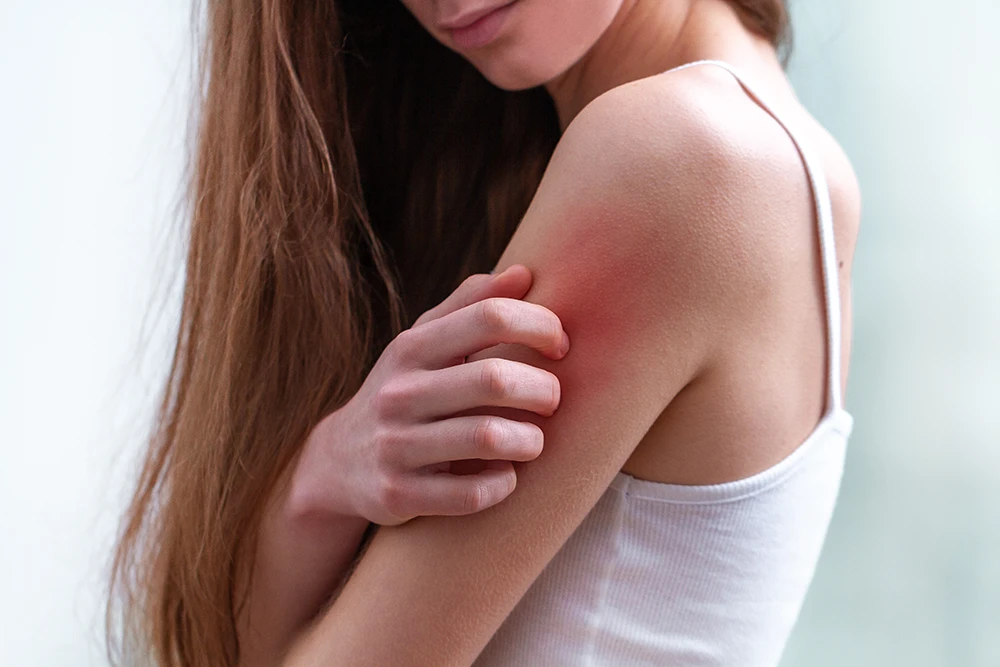Allergic to Pain Relief Patches? How Do Rash, Redness, and Itching Occur?

Using medicinal patches is an effective way to relieve pain, but sometimes the skin may have an allergic reaction to the patch. Common symptoms include redness, swelling, stinging, itching, burning, and blistering. These reactions usually appear within two hours of applying the patch. So, how can we address and resolve these allergic symptoms?
How Do These Reactions Occur?
Allergic reactions to medicinal patches may be caused by sensitivity to the medication ingredients or the patch's base materials. Complex drug formulations or organic solvents used in the patch materials can trigger skin allergies. Allergy to the active ingredients in the patch is one possible cause, especially when multi-ingredient patches contain compounds like honey, vinegar, or oil-based solvents. Another common cause is an allergy to the patch's adhesive materials. Some traditional pain relief patches use solvent-based resins as adhesives, which require organic solvents during manufacturing to soften them. These solvents may be a primary source of allergic reactions. Such patches often have strong adhesive properties and sometimes emit a pungent smell.
How to Handle Allergic Reactions?
If an allergic reaction occurs, immediately remove the patch and rinse the affected area with clean water or saline solution to remove any residual medication or adhesive, and keep the skin dry. Afterward, apply a light moisturizer or aloe vera gel to aid skin recovery. If itching persists, wrap ice cubes in a towel and gently apply them to the affected area. If blisters form, avoid puncturing them. Instead, cover them with gauze for protection. If the blisters rupture, seek medical assistance promptly.
How to Prevent Allergic Reactions?
To avoid allergic reactions, it’s recommended to perform a patch test on your hand before full application. Additionally, pay attention to the usage duration, and give your skin adequate rest between applications to prevent irritation caused by prolonged exposure. If an allergic reaction occurs, discontinue use immediately and provide proper skin care. If symptoms persist or worsen, seek professional medical assistance.